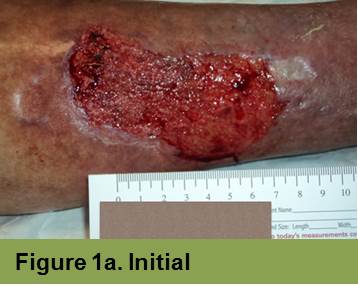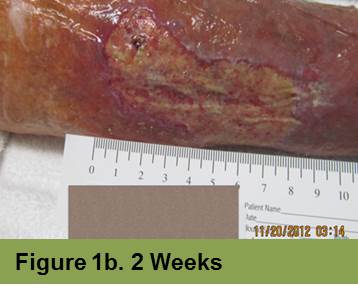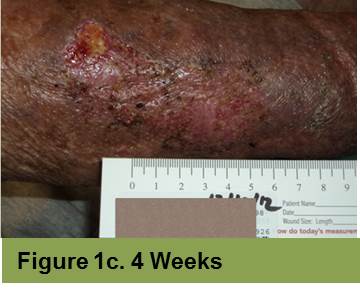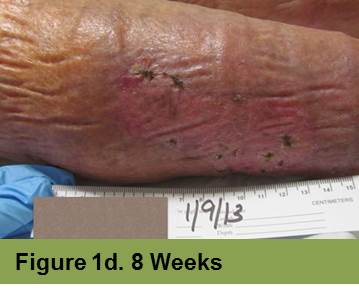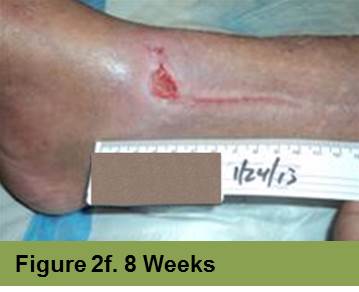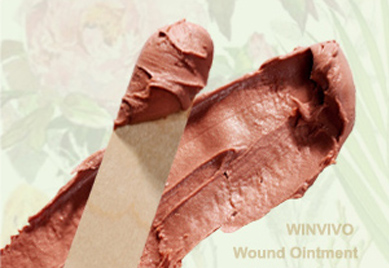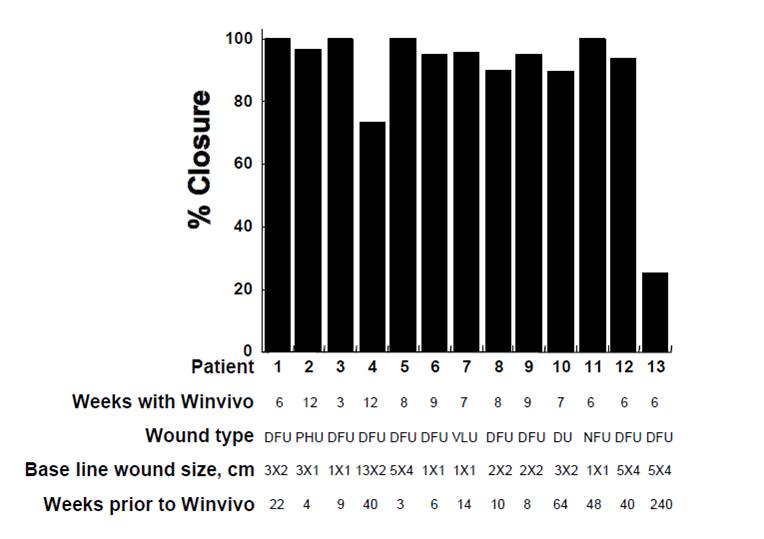Clinical Case Reports
Topical Botanical Ointment as an Alternative Treatment for Non-Healing Lower Extremity Wounds of Various Etiologies
David A. Pougatsch DPM, Karen C. Shum DPM, Ronald J. Belczyk DPM
Amputation Prevention Center at Valley Presbyterian Hospital, Van Nuys, CA and College of Podiatric Medicine, Western University of Health Sciences, Pomona, CA
Presented at the Symposium on Advanced Wound Care (SAWC Fall) September 27-29, 2013.
WARNING: GRAPHIC CLINICAL IMAGES
Case Series 1J
Background: Eighteen (18) wounds in 16 patients were evaluated. Average age was 70.3 (range 44 – 86). Inclusionary criteria were wounds with less than 10 percent reduction in area in the four weeks immediately preceding the use of the WinVivo ointment. Wounds with acute signs of infection were excluded. Wounds like venous stasis, diabetic neuropathic, trauma, arterial, rheumatoid, wound dehiscence, split-thickness skin graft failure, and hematoma were included.
Treatment: A thin coat of this botanical ointment was applied topically. Basic wound care consisting of various dressings such as hydrogel and gauze, Unna’s boot, Xeroform®, and multi-layer compression wraps (if indicated) was utilized. All patients, except for one, were living at home for the duration of the treatment.
Figure 1a-1d: 86 year old female with history of venous stasis ulceration to the right distal-lateral leg.
|
|
|
|
|
|
Figure 2a-2f: 70 year old male with right leg necrotic skin graft (2a-c) and bypass incision dehiscence (2d-f), upon initial application of WinVivo, 5 week interval, and 8 week interval.
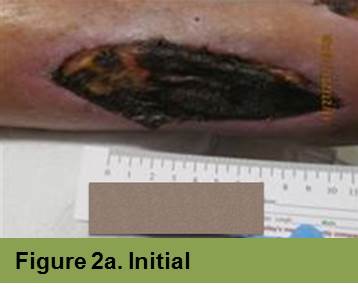 |
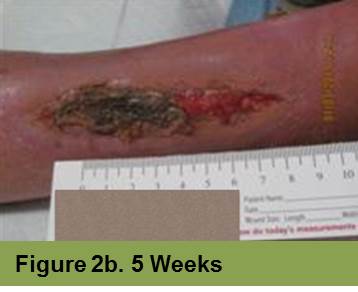 |
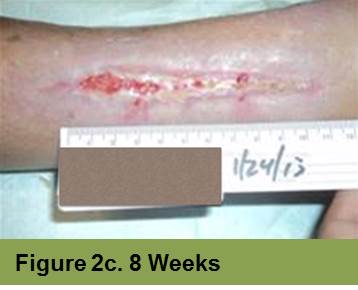 |
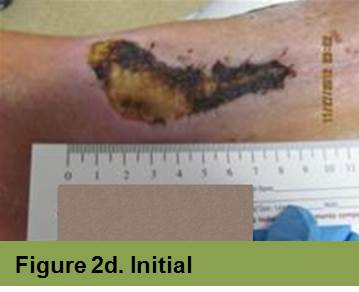 |
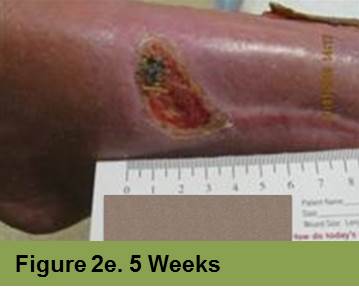 |
|
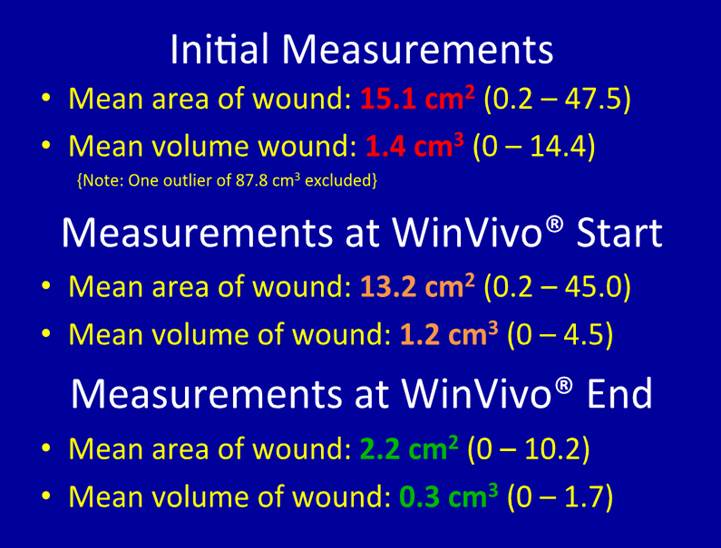
WINVIVO Wound Ointment:
Multi-Functional Botanical Therapy
Clinical Studies
- Difficult-to-Heal Wounds
Clinical Case Reports
- Cases #1A-6A
- Cases #1B-8B
- Cases #1C-7C
- Cases #1D-4D
- Cases #1E-2E
- Cases #1F-6F
- Cases #1G-5G
- Case #1H
- Case Series #1I
- Case Series #1J
Privacy Policy | Disclaimer | Return Policy | Contact Us
© 2009-2021 WinVivo Corporation All Rights Reserved

